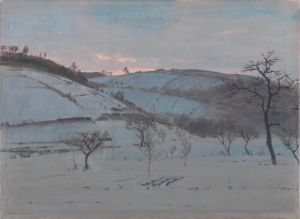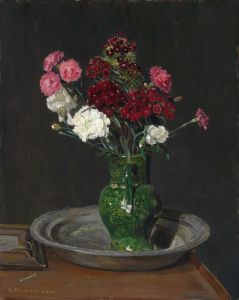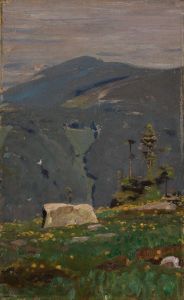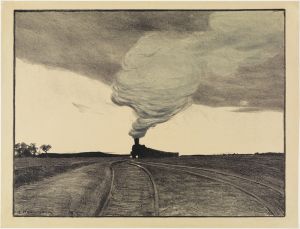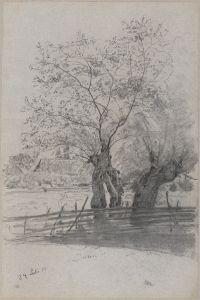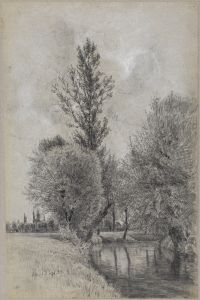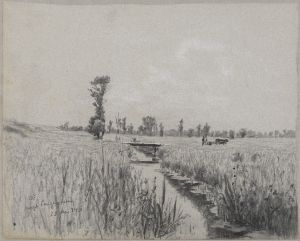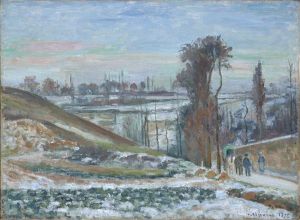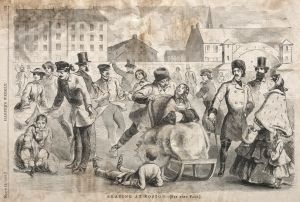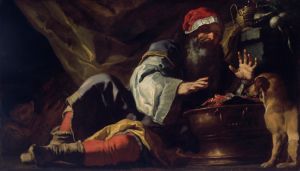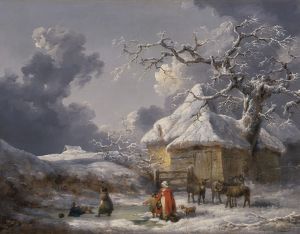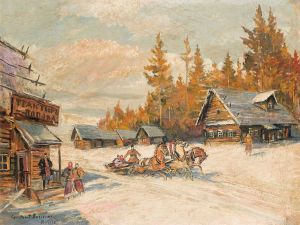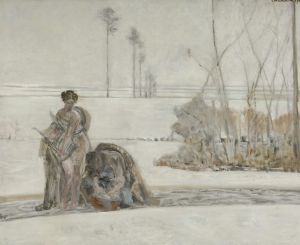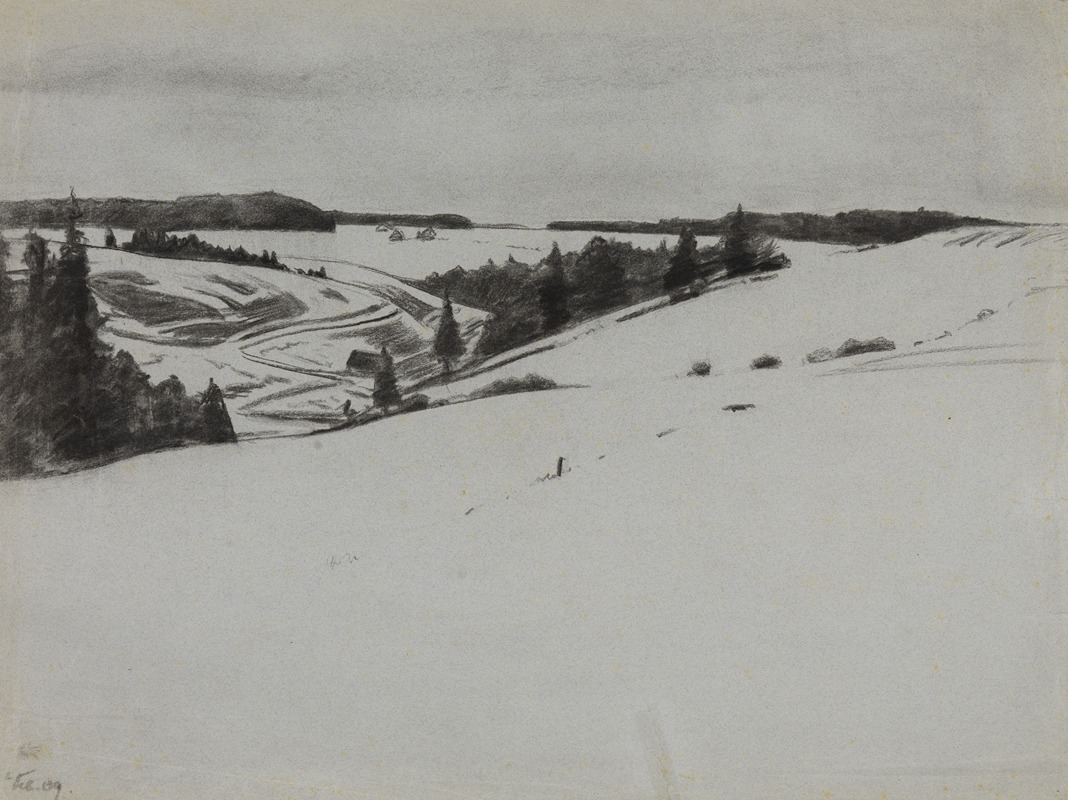
Schneelandschaft bei Königsfeld
A hand-painted replica of Gustav Kampmann’s masterpiece Schneelandschaft bei Königsfeld, meticulously crafted by professional artists to capture the true essence of the original. Each piece is created with museum-quality canvas and rare mineral pigments, carefully painted by experienced artists with delicate brushstrokes and rich, layered colors to perfectly recreate the texture of the original artwork. Unlike machine-printed reproductions, this hand-painted version brings the painting to life, infused with the artist’s emotions and skill in every stroke. Whether for personal collection or home decoration, it instantly elevates the artistic atmosphere of any space.
Gustav Kampmann was a German painter and graphic artist associated with the late 19th and early 20th centuries. He was part of the German Impressionist movement and was known for his landscape paintings and graphic works. One of his notable works is "Schneelandschaft bei Königsfeld," which translates to "Snow Landscape near Königsfeld."
Kampmann was born on June 11, 1859, in Bonn, Germany. He studied at the Kunstakademie Düsseldorf, which was one of the leading art academies in Germany at the time. His education there would have exposed him to the Düsseldorf school of painting, known for its detailed and realistic landscapes. Kampmann's work, however, evolved to embrace the more modern styles of Impressionism, which focused on capturing the effects of light and atmosphere.
"Schneelandschaft bei Königsfeld" is an exemplary piece of Kampmann's landscape work. The painting depicts a serene winter scene near Königsfeld, a town in the Black Forest region of Germany. This area is known for its picturesque landscapes, which have inspired many artists. Kampmann's choice of subject reflects his interest in capturing the natural beauty and tranquility of the German countryside.
The painting is characterized by its use of light and color to convey the cold, crisp atmosphere of a snowy day. Kampmann employs a palette of whites, blues, and grays to depict the snow-covered landscape, with subtle variations in tone to suggest the play of light and shadow. The composition is likely to be balanced and harmonious, typical of Kampmann's style, drawing the viewer's eye across the canvas to take in the full scene.
Kampmann's technique in this painting would have been influenced by the Impressionist movement, which emphasized loose brushwork and a focus on the overall impression of a scene rather than detailed realism. This approach allows the viewer to experience the mood and atmosphere of the landscape, rather than getting caught up in minute details.
Throughout his career, Kampmann was also involved in graphic arts, contributing to the development of printmaking techniques in Germany. He was a member of the Berlin Secession, an art association founded by artists who were dissatisfied with the traditional art institutions of the time. This group played a significant role in promoting modern art in Germany, and Kampmann's involvement indicates his commitment to the avant-garde movements of his era.
"Schneelandschaft bei Königsfeld" is a testament to Kampmann's skill as a landscape painter and his ability to capture the essence of a scene. While specific details about the painting's creation and current location may not be widely documented, it remains an important part of Kampmann's oeuvre and a reflection of the broader trends in German art during his lifetime.
Gustav Kampmann passed away on September 17, 1917, in Karlsruhe, Germany. His work continues to be appreciated for its contribution to German Impressionism and its depiction of the natural world. "Schneelandschaft bei Königsfeld" stands as a beautiful example of his artistic legacy.





